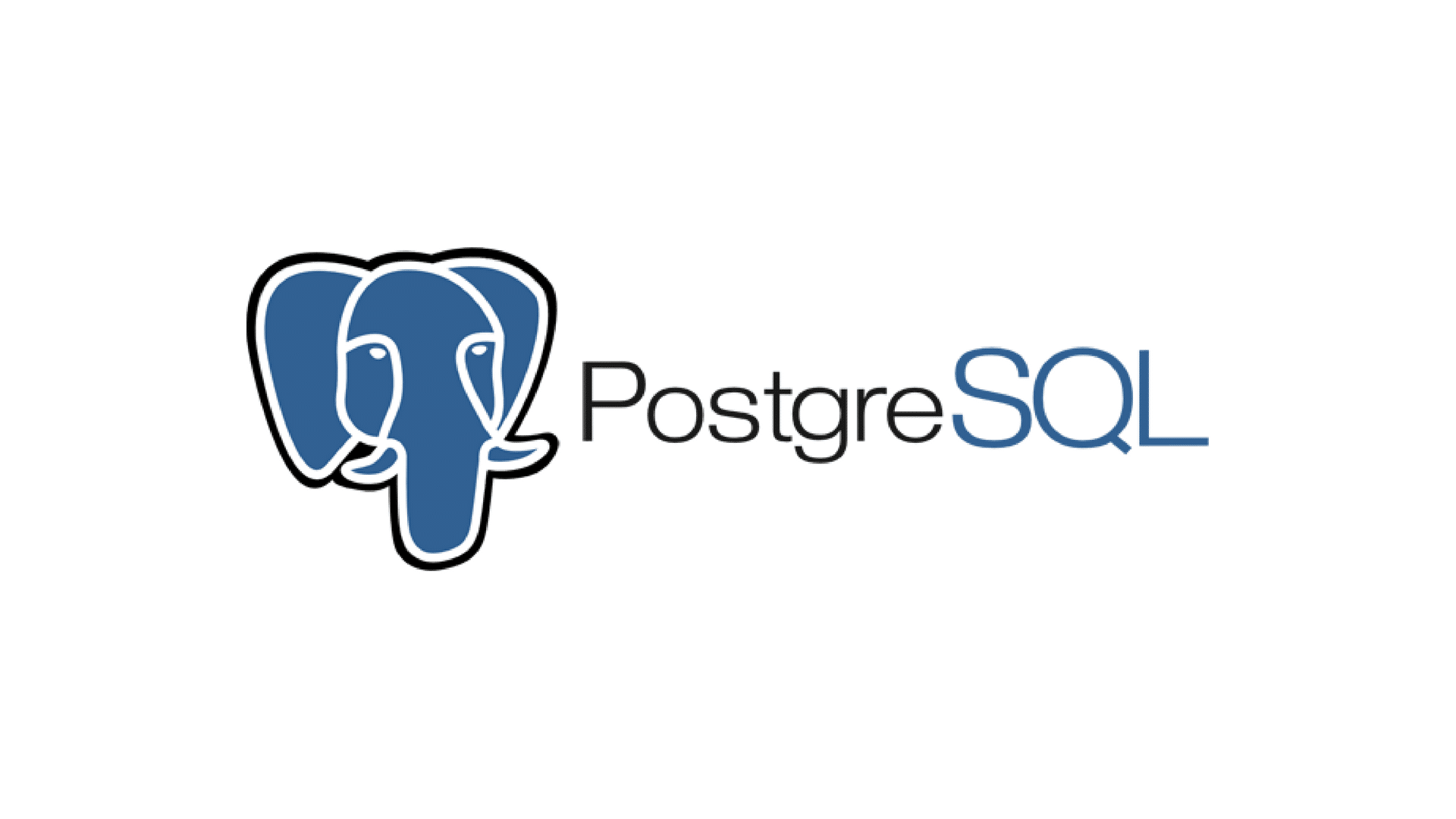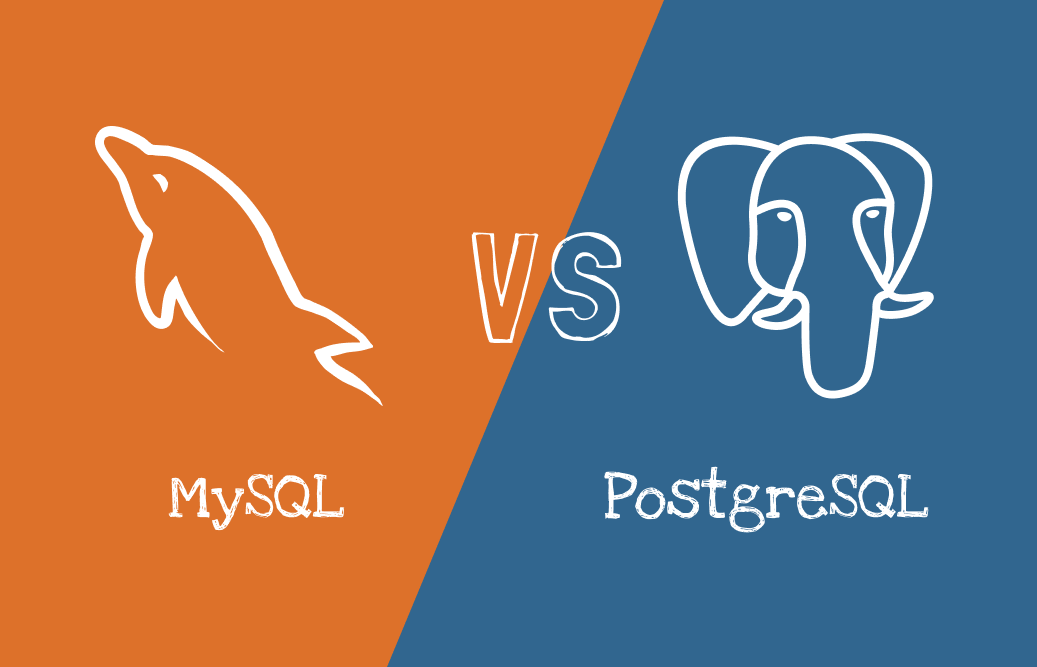PostgreSQL is renowned for its robustness, extensibility, and advanced feature set, making it a preferred choice for many enterprise applications. However, to harness its full potential, developers and DBAs must understand how to leverage advanced indexing techniques and optimize queries effectively.
Understanding PostgreSQL Index Types
PostgreSQL supports a variety of index types, each tailored to different use cases:
B-tree Indexes: The default index type suitable for equality and range queries.
Hash Indexes: Optimized for equality comparisons but less commonly used.
GIN (Generalized Inverted Index): Ideal for indexing composite types like JSONB and full-text search.
GiST (Generalized Search Tree): Supports complex data types such as geometric data.
BRIN (Block Range Index): Efficient for very large tables where data is naturally ordered.
Choosing the right index type is critical to improving query performance without incurring excessive storage or maintenance overhead.
Best Practices for Indexing
Analyze Query Patterns: Focus on indexing columns frequently used in WHERE clauses, JOINs, and ORDER BY statements.
Avoid Over-Indexing: Excessive indexes slow down write operations and increase storage requirements.
Use Partial Indexes: Index subsets of data when queries filter on specific conditions.
Leverage Expression Indexes: Index the result of expressions or functions used in queries.
Query Optimization Strategies
Use EXPLAIN and EXPLAIN ANALYZE: Understand query plans and identify bottlenecks.
Vacuum and Analyze: Regularly maintain statistics for the query planner.
Optimize Joins: Prefer smaller datasets first and ensure indexes support join conditions.
Limit Data Retrieval: Select only necessary columns and use LIMIT for pagination.
Monitoring and Performance Tuning
Track Slow Queries: Use the pg_stat_statements extension.
Adjust Configuration Parameters: Tune work_mem, shared_buffers, and effective_cache_size based on workload.
Connection Pooling: Implement tools like PgBouncer to manage database connections efficiently.
Conclusion
Mastering PostgreSQL’s indexing and optimization techniques enables you to build scalable and performant applications. Understanding the nuances of different index types, analyzing query behavior, and tuning your database configuration are essential steps toward achieving robust data management and lightning-fast query responses in production environments.

